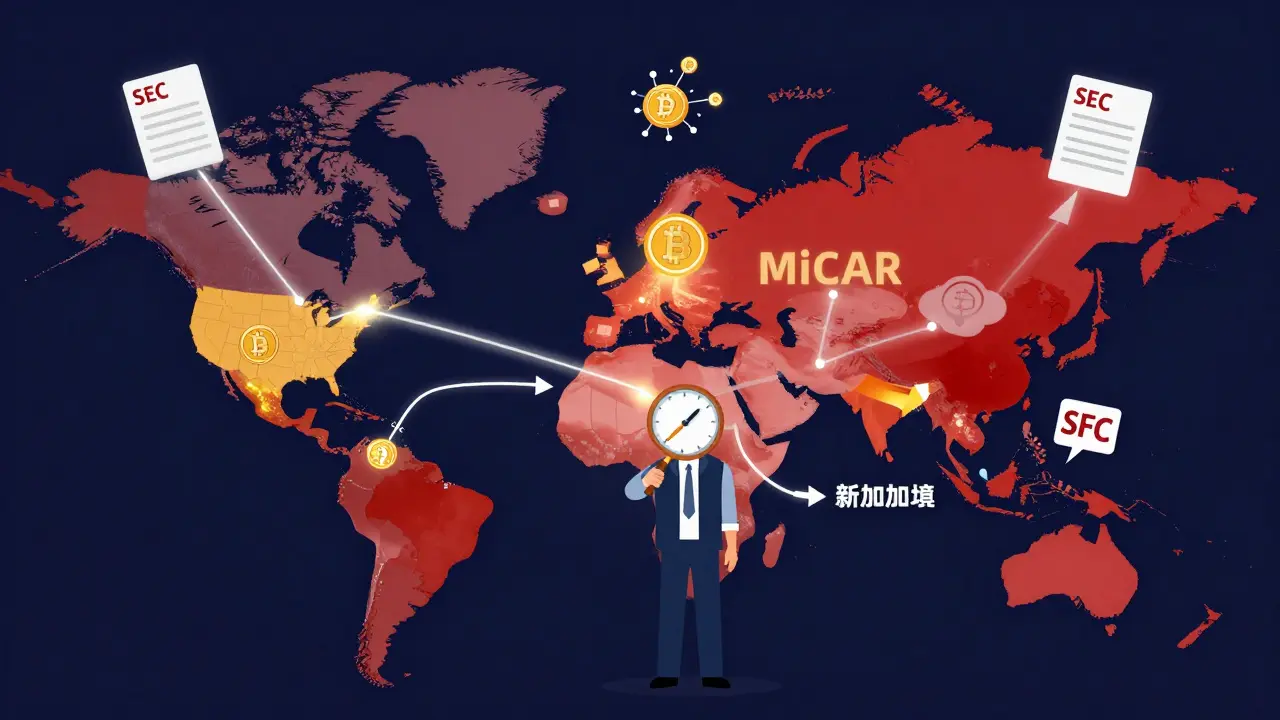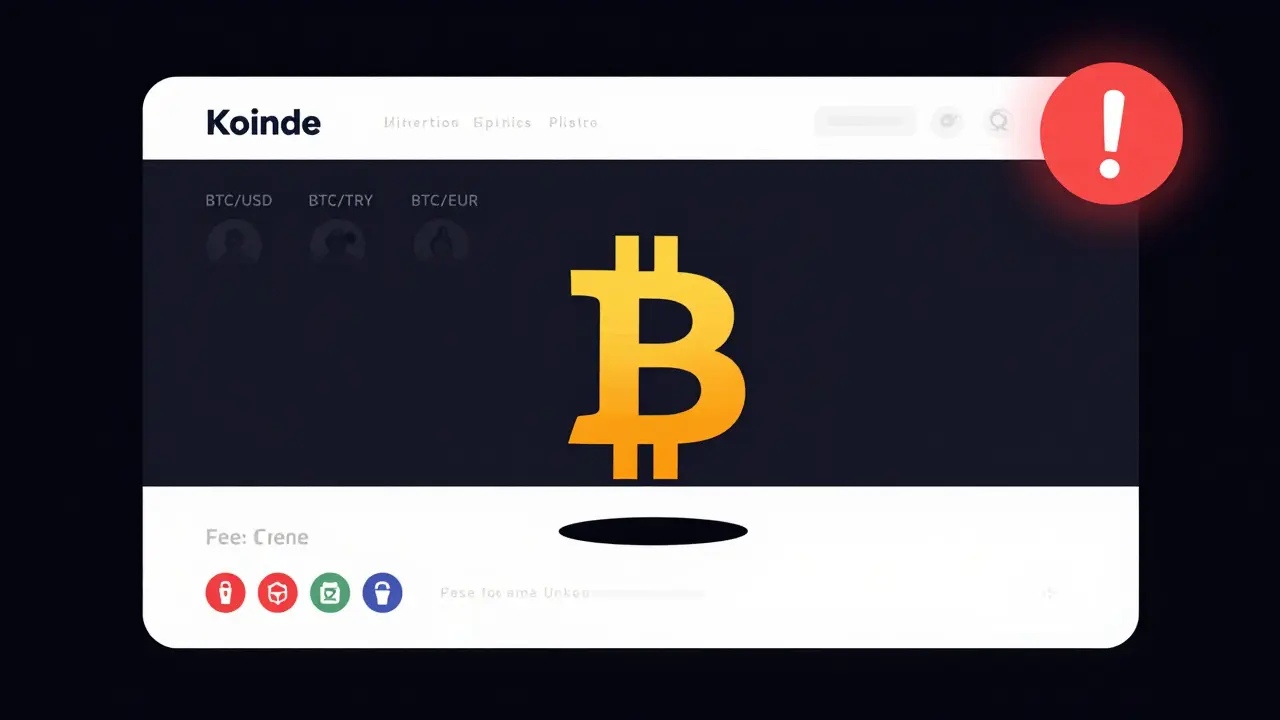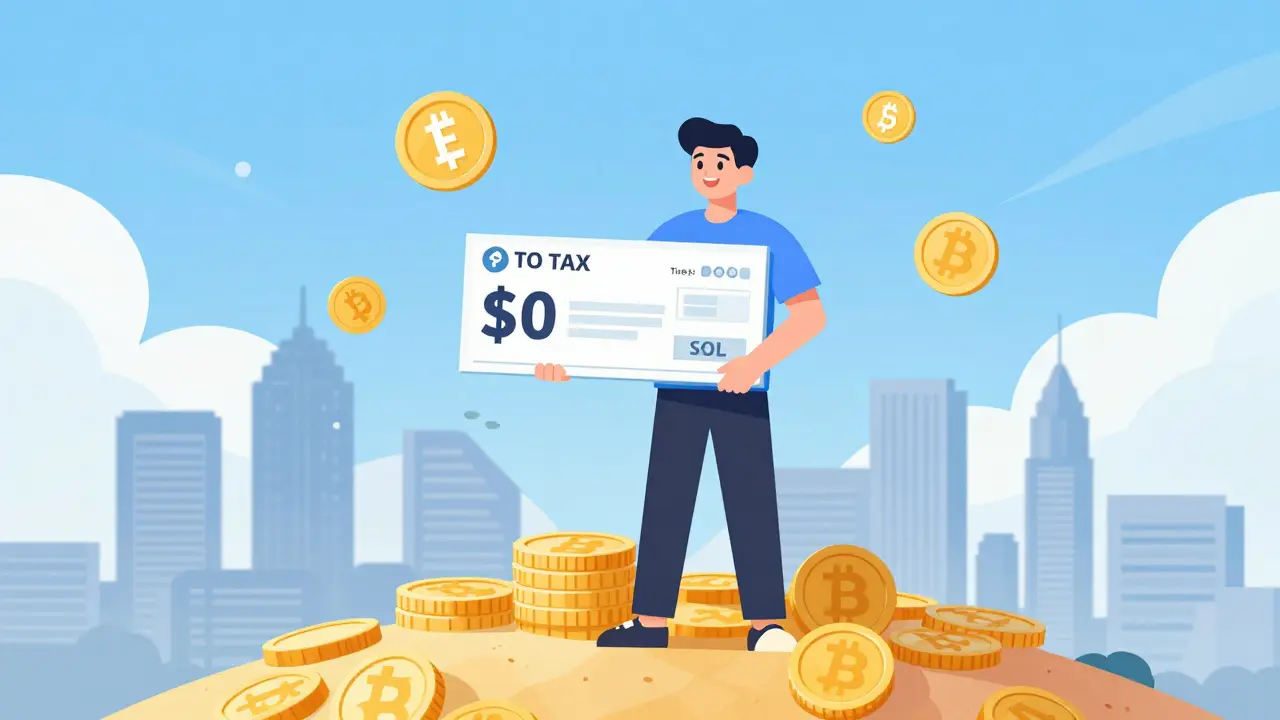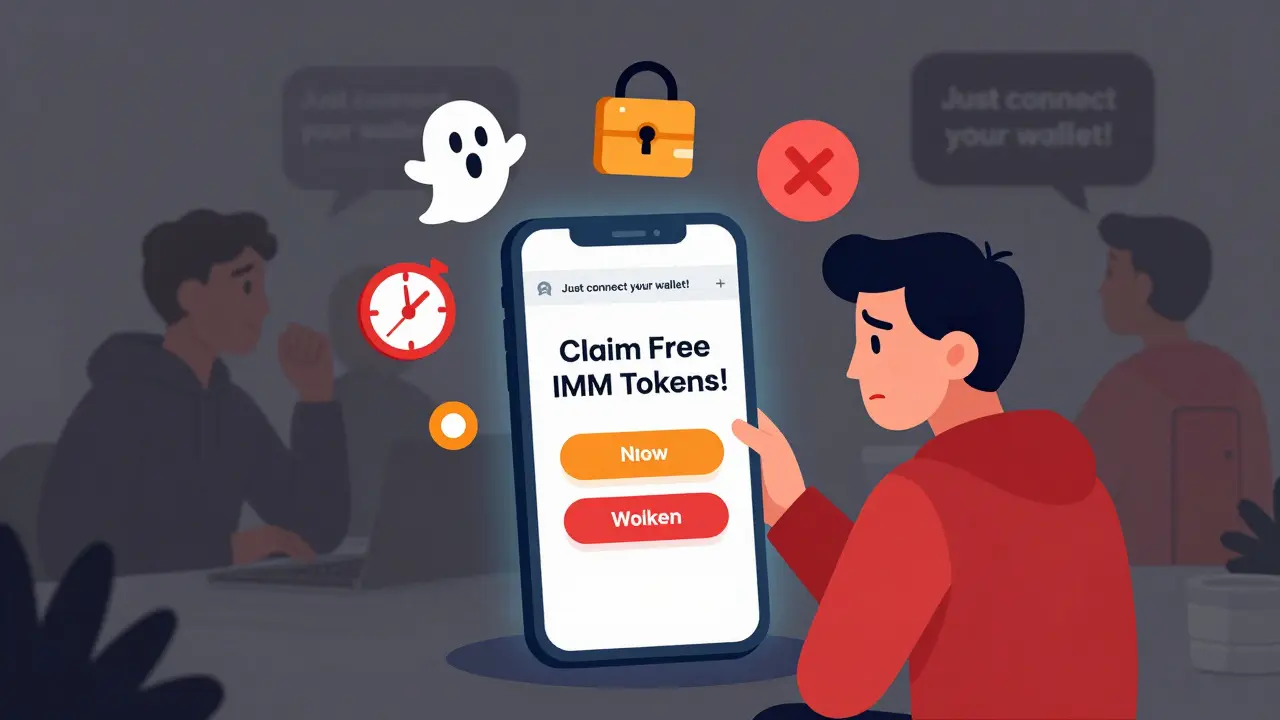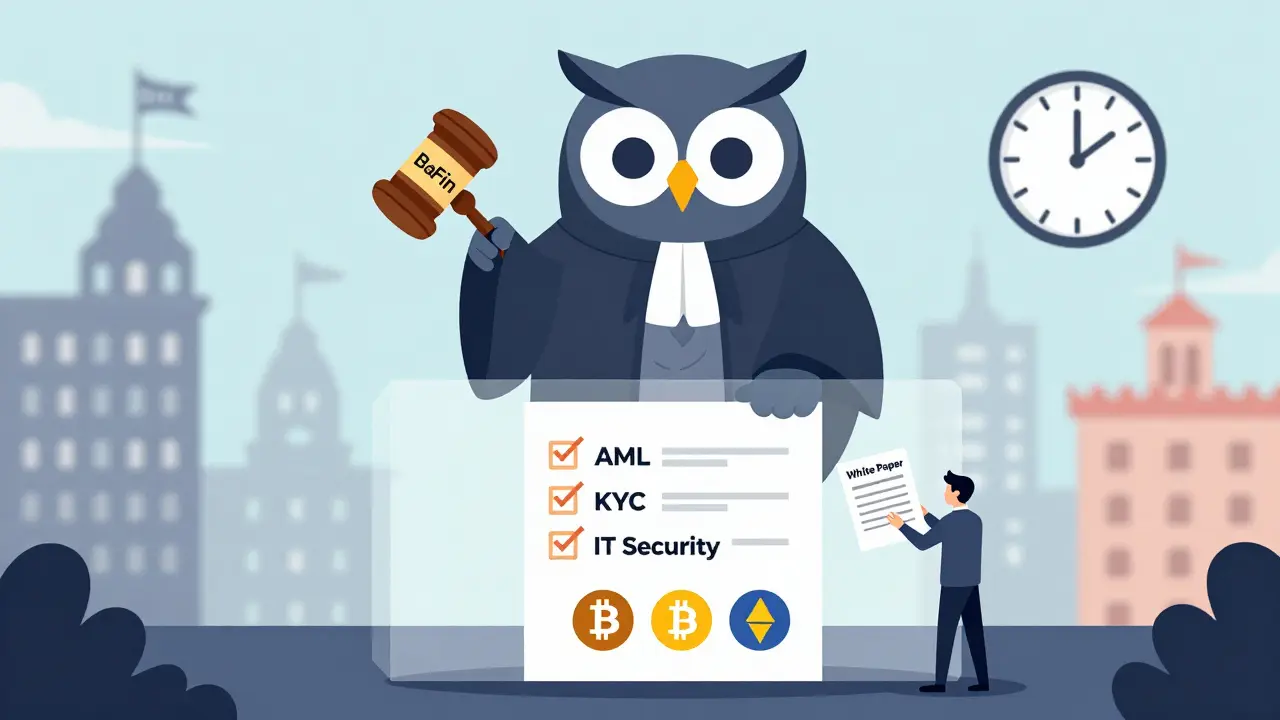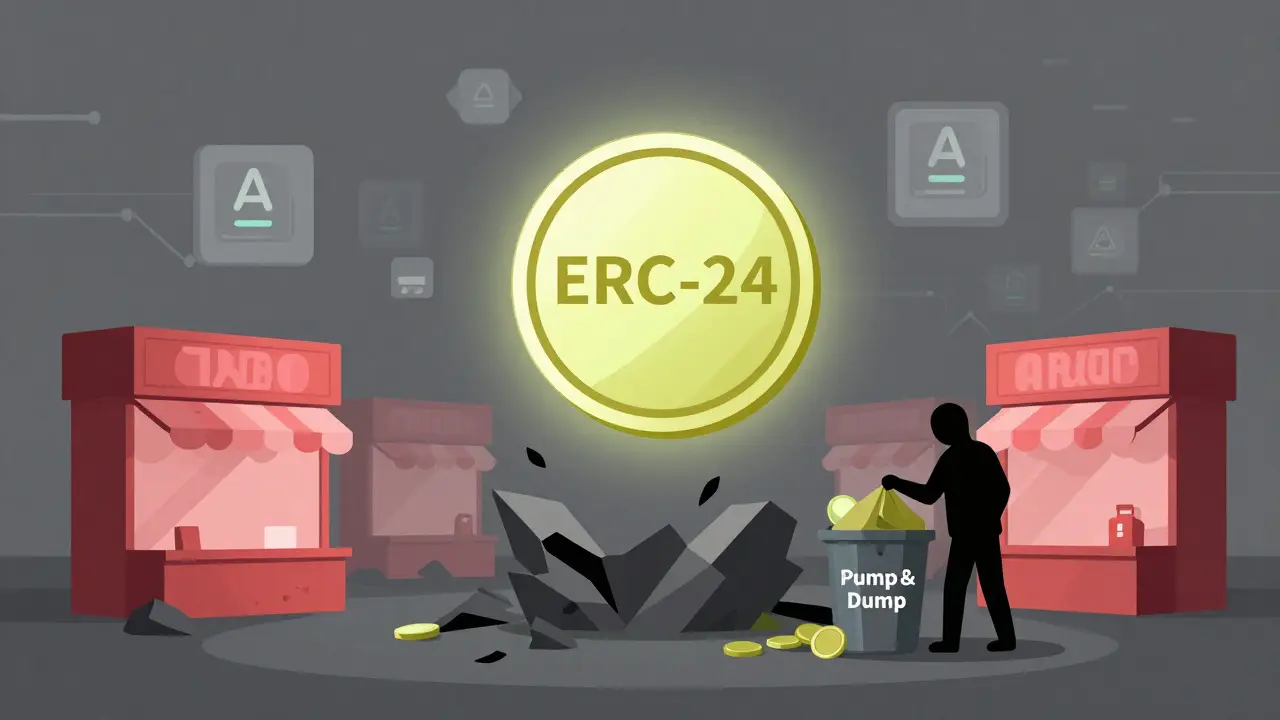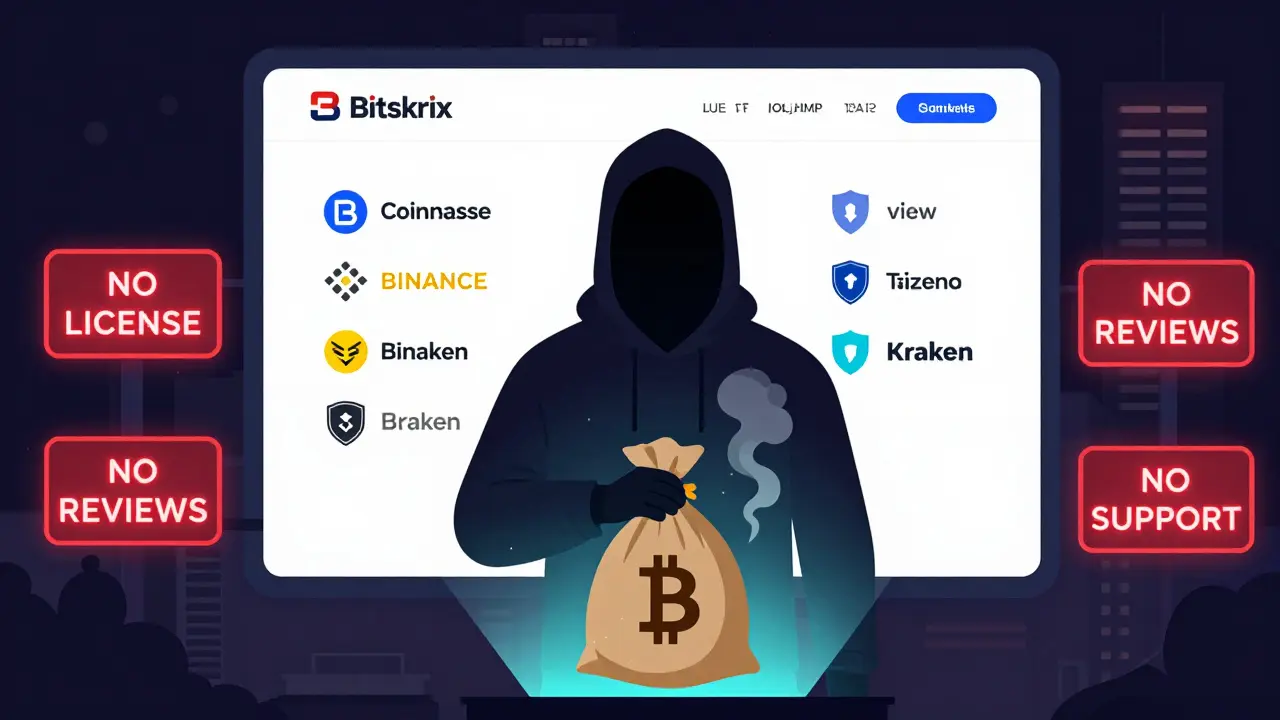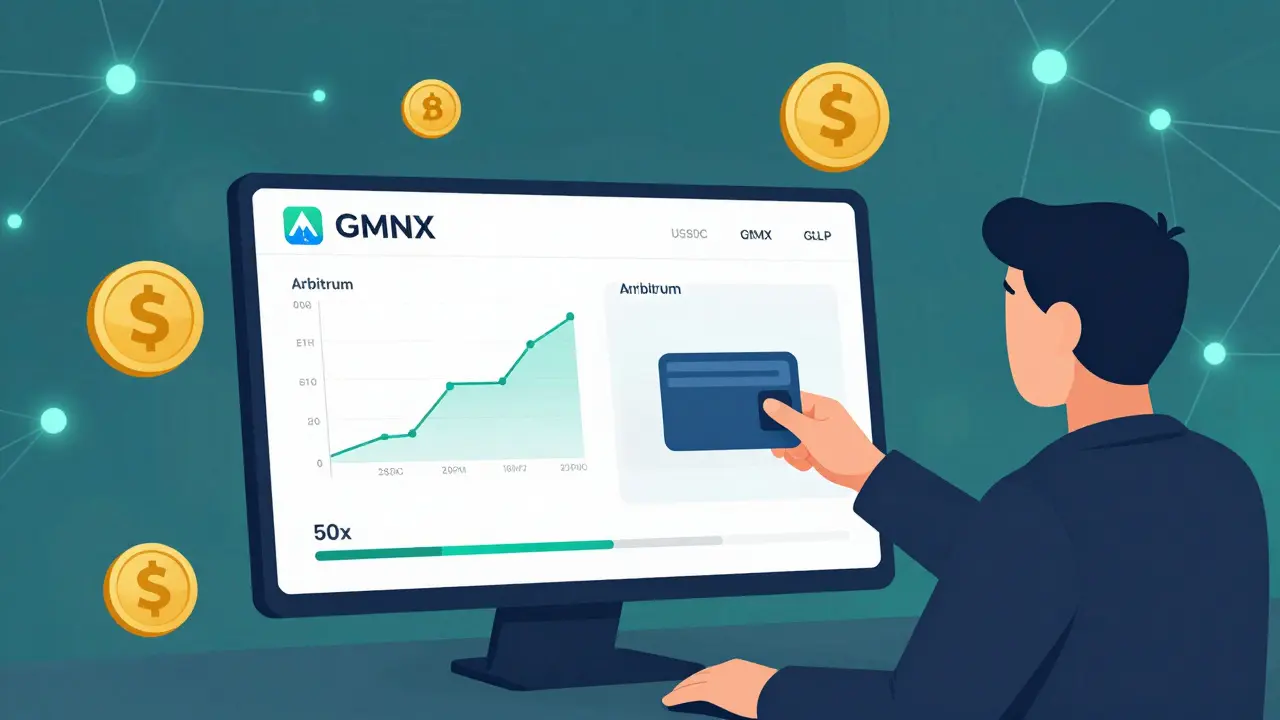The Lepasa Polqueen NFT airdrop in January 2022 rewarded early community contributors with 3,240 unique 3D NFTs tied to the $LEPA token and Lepasa Metaverse. Learn how it worked, why it mattered, and if you can still get involved.
Cryptocurrency: Real Coins, Scams, Exchanges, and How to Stay Safe
When you hear cryptocurrency, a digital asset built on blockchain technology that lets people send value directly without banks. Also known as crypto, it’s meant to be open, secure, and decentralized—but too often, it’s used to trick people. Not every coin you see online is real. Some are made up overnight with no code, no team, and no purpose—just a flashy name and a promise of quick cash. Others are tied to exchanges that vanish without warning, leaving users locked out of their funds.
Behind every fake coin like XREATORS (ORT), a non-existent token with no blockchain presence or trading history, there’s a pattern: no whitepaper, no community, no way to verify who’s behind it. And it’s not just coins—crypto exchanges, platforms where you buy, sell, or trade digital assets like VAEX, UPTX, and Nivex are popping up with big AI promises and zero regulation. They disappear after collecting deposits, and by the time you realize it, there’s no customer support, no legal recourse, and no refund.
But not all crypto is risky. Some projects, like tokenized assets, real-world stocks or funds represented as blockchain tokens such as BLKon from Ondo Finance, give you access to traditional investments in a new way—though they come with their own liquidity risks. Then there’s staking rewards, earnings you get for locking up crypto to help secure a blockchain network, which can be a steady source of passive income—if you know how to calculate them and avoid inflated APY claims. And airdrops, free crypto tokens given out to users who complete simple tasks, like APENFT or RACA Radio Caca, can be legit if they come from established teams with clear rules.
What you’ll find here isn’t hype. It’s the truth behind the noise. We’ve dug into dead exchanges, exposed fake coins, broken down how staking actually works, and showed exactly what people got from real airdrops—good and bad. No fluff. No guesswork. Just what you need to know before you click, invest, or swipe your wallet.
In 2025, crypto regulations are changing fast across the U.S., EU, and Asia. Learn what’s legal, what’s banned, and how to stay compliant without getting caught in the crossfire.
Koinde crypto exchange offers Bitcoin trading with USD and TRY but lacks security details, regulation, and user reviews. Learn why it's too risky to use and find safer alternatives.
Singapore has no capital gains tax on cryptocurrency for individual investors, making it one of the world's top crypto tax havens. Learn how it works, who benefits, and what rules still apply in 2025.
There is no legitimate IMM airdrop in 2025. Any site claiming to offer IMM tokens is a scam. Learn how to spot fake crypto airdrops, protect your wallet, and find real opportunities instead.
Germany's BaFin enforces strict crypto regulations under MiCAR. Learn what licenses you need, how to comply with AML/KYC rules, and what happens if you ignore the law in 2025.
Otherworld (OWN) is a crypto token tied to licensed entertainment IP like Solo Leveling, designed to power a Web3 social platform. It's high-risk, highly volatile, and depends entirely on external licenses. Not a mainstream investment - just a niche collectible for fans.
AICM is a low-liquidity ERC-20 token with no working platform, no team, and extreme centralization. Despite AI claims, it's a high-risk micro-cap with signs of a pump-and-dump scheme. Avoid.
Bitskrix is not a legitimate crypto exchange. No reviews, no website, no regulatory presence-just a scam. Learn how fake exchanges work, how to spot them, and which real platforms to use instead.
BitSong (BTSG) is a blockchain built to help artists earn directly from fans, but it has failed to gain traction. With near-zero trading volume and no active development, it's a cautionary tale in crypto.
GMX on Arbitrum is a top decentralized exchange for leveraged crypto trading with up to 100x leverage, no KYC, and real rewards for stakers. See how it compares to dYdX, Hyperliquid, and Binance.
DueDEX offers zero fees and 100x leverage on Bitcoin with no KYC, but lacks verifiable volume, regulatory oversight, and withdrawal transparency. Is it a breakthrough or a sophisticated scam?

